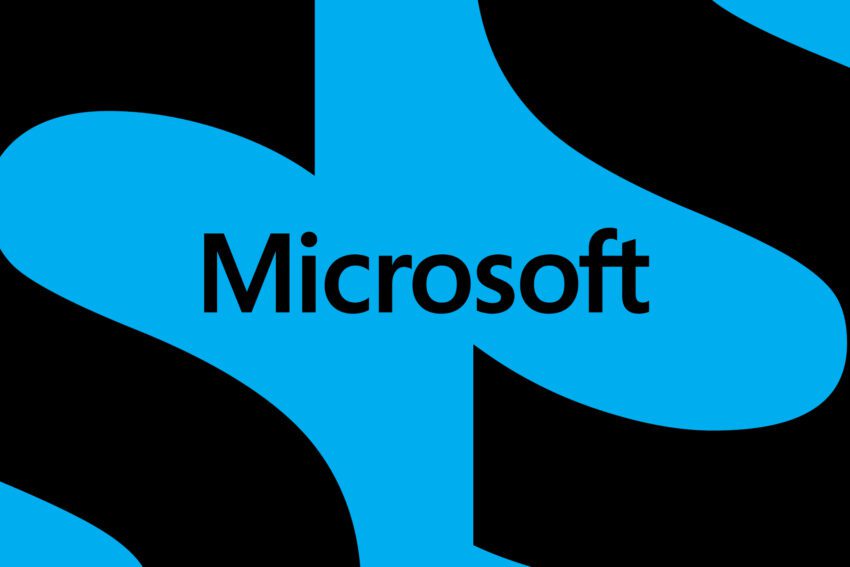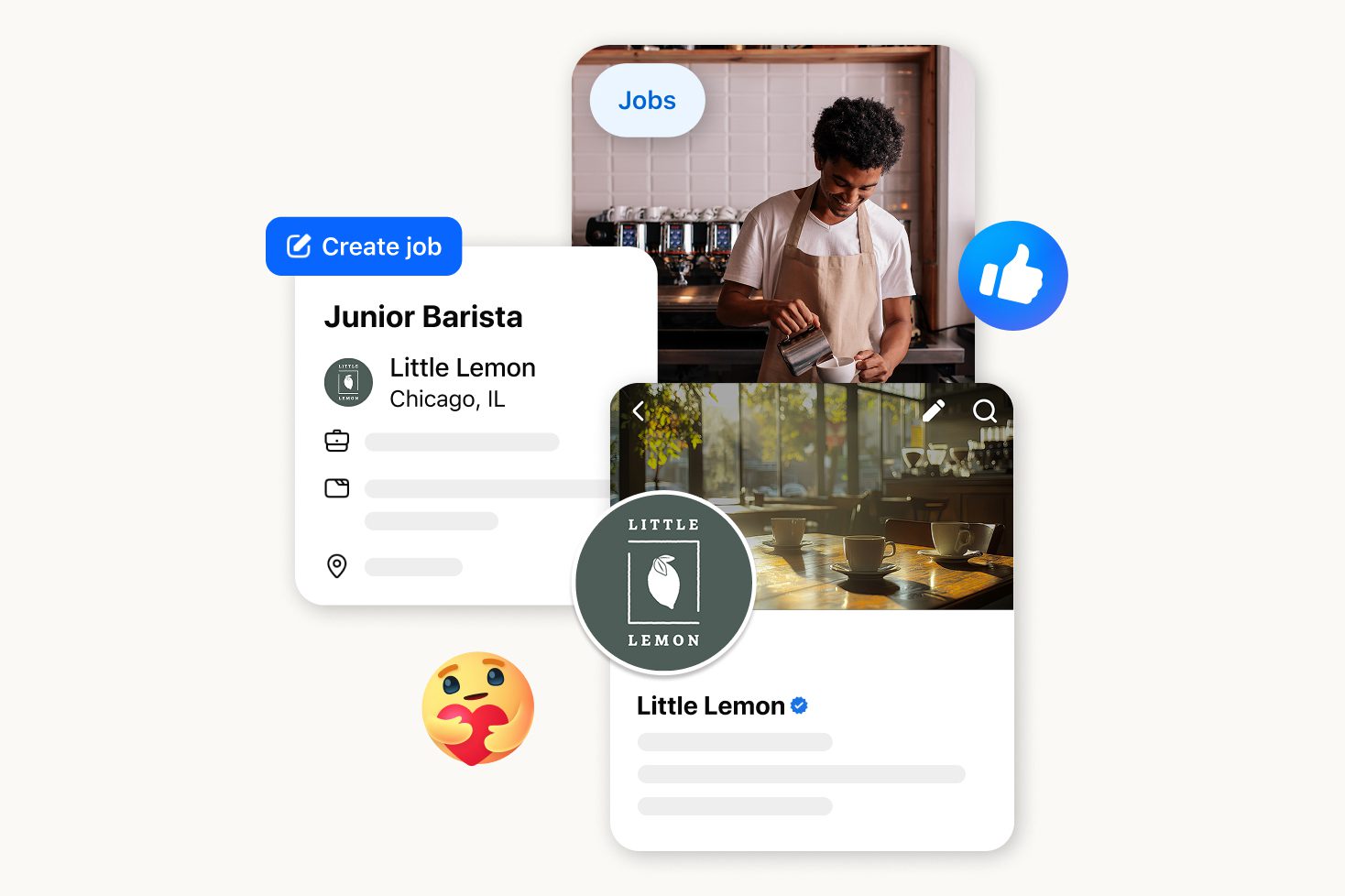
microsoft ai announces first image generator created Microsoft AI has unveiled its first in-house developed text-to-image generator, MAI-Image-1, marking a significant milestone in the company’s ongoing journey in artificial intelligence.
microsoft ai announces first image generator created
Overview of MAI-Image-1
MAI-Image-1 represents Microsoft’s latest foray into the realm of generative AI, specifically focusing on transforming textual descriptions into high-quality images. This announcement comes on the heels of Microsoft’s introduction of its first in-house AI models, which aim to enhance the capabilities of various applications and services within the Microsoft ecosystem. The company describes MAI-Image-1 as “the next step on our journey,” indicating a commitment to advancing AI technologies that can cater to the needs of creative professionals and everyday users alike.
Development and Design Philosophy
In developing MAI-Image-1, Microsoft prioritized user feedback, particularly from creative professionals. The goal was to avoid producing “repetitive or generically-stylized outputs,” which can often plague generative AI models. By engaging with artists, designers, and other creative individuals, Microsoft aimed to create a tool that not only meets technical standards but also resonates with the artistic community.
MAI-Image-1 is designed to excel in generating photorealistic imagery, including complex subjects such as lightning, landscapes, and other intricate details. The company claims that the model can process requests and produce images more quickly than “larger, slower models,” which is a crucial factor for users who require rapid results without sacrificing quality.
Performance and Benchmarking
One of the notable achievements of MAI-Image-1 is its placement in the top 10 of LMArena, an AI benchmark site where human evaluators compare outputs from various systems and vote on the best results. This recognition not only underscores the model’s capabilities but also positions it as a competitive player in the rapidly evolving field of AI-generated imagery.
Benchmarking is an essential aspect of evaluating AI models, as it provides insights into their performance relative to other systems. The fact that MAI-Image-1 has secured a spot among the top contenders suggests that Microsoft has successfully developed a model that can hold its own against established players in the market.
Integration with Microsoft’s AI Ecosystem
MAI-Image-1 is not an isolated development; it joins a suite of other AI products from Microsoft, including the voice generator MAI-Voice-1 and the chatbot MAI-1-preview. This integration signifies Microsoft’s broader strategy to create a cohesive AI ecosystem that enhances user experience across various platforms and applications.
Collaboration and Competition in AI
Historically, Microsoft has been an early supporter of OpenAI, investing significantly in the organization and its technologies. However, the relationship between the two companies has become increasingly complex over time. As Microsoft develops its own AI models, including MAI-Image-1, it raises questions about the future of its collaboration with OpenAI and how it will balance in-house developments with external partnerships.
In addition to its work with OpenAI, Microsoft has also begun utilizing AI models from Anthropic for certain features within Microsoft 365. This diversification of AI partnerships reflects a strategic approach to harnessing the best technologies available while also investing in the development of proprietary models. The company’s commitment to training its own AI models, such as MAI-Image-1, indicates a desire for greater control over its AI capabilities and the potential for unique offerings in the market.
Implications for Creative Professionals
The introduction of MAI-Image-1 carries significant implications for creative professionals across various fields. Artists, designers, and content creators are constantly seeking tools that can enhance their workflows and inspire new ideas. By providing a powerful text-to-image generator, Microsoft aims to empower these professionals to explore new creative avenues and streamline their processes.
Potential Use Cases
MAI-Image-1 can serve a multitude of purposes, including:
- Concept Art: Artists can use the generator to create quick visual representations of ideas, helping to visualize concepts before committing to detailed work.
- Marketing Materials: Businesses can generate unique images for advertisements, social media posts, and other marketing collateral, reducing the time and resources needed for traditional graphic design.
- Storyboarding: Filmmakers and animators can utilize the tool to create storyboards, allowing for a more efficient planning process.
- Personal Projects: Hobbyists and enthusiasts can explore their creativity by generating images based on their own descriptions, making art more accessible to a wider audience.
Challenges and Considerations
While the potential applications of MAI-Image-1 are vast, there are also challenges and considerations that must be addressed. One of the primary concerns surrounding generative AI is the issue of copyright and ownership. As AI-generated images become more prevalent, questions arise about who owns the rights to these creations and how they can be used commercially.
Moreover, the risk of generating inappropriate or harmful content remains a significant concern. Microsoft has stated its commitment to “ensuring safe and responsible outcomes,” but the effectiveness of these safety guardrails will be crucial in determining the model’s acceptance and use in professional settings.
Future Directions for Microsoft AI
The launch of MAI-Image-1 is just one step in Microsoft’s broader AI strategy. As the company continues to invest in developing its own models and integrating them into its existing products, it will likely explore new avenues for innovation and collaboration.
Expanding AI Capabilities
Microsoft’s ongoing investments in AI suggest that the company is committed to expanding its capabilities in this space. Future developments may include:
- Enhanced Customization: Allowing users to customize the output of MAI-Image-1 based on specific styles or themes.
- Integration with Other Tools: Seamless integration of MAI-Image-1 with other Microsoft products, such as PowerPoint or Word, to enhance user experience.
- Collaboration Features: Tools that enable teams to collaborate on projects using AI-generated images in real-time.
Stakeholder Reactions
The announcement of MAI-Image-1 has garnered attention from various stakeholders, including industry experts, creative professionals, and competitors. Many in the creative community are optimistic about the potential of the new tool, viewing it as a means to enhance creativity and productivity. However, there are also skeptics who express concerns about the implications of AI-generated content on traditional artistic practices.
Competitors in the AI space are likely to respond with their own innovations, as the introduction of MAI-Image-1 raises the stakes in the generative AI market. As Microsoft continues to refine its offerings, it will be essential for the company to remain attuned to the evolving landscape and the needs of its users.
Conclusion
The launch of MAI-Image-1 marks a significant advancement in Microsoft’s AI capabilities, providing a powerful tool for generating images from text. As the company navigates the complexities of AI development and partnerships, it remains committed to delivering innovative solutions that empower creative professionals and enhance user experiences. The future of generative AI is promising, and Microsoft’s continued investment in this area will likely yield exciting developments in the coming years.
Source: Original report
Was this helpful?
Last Modified: October 14, 2025 at 6:37 am
0 views















